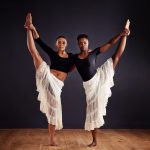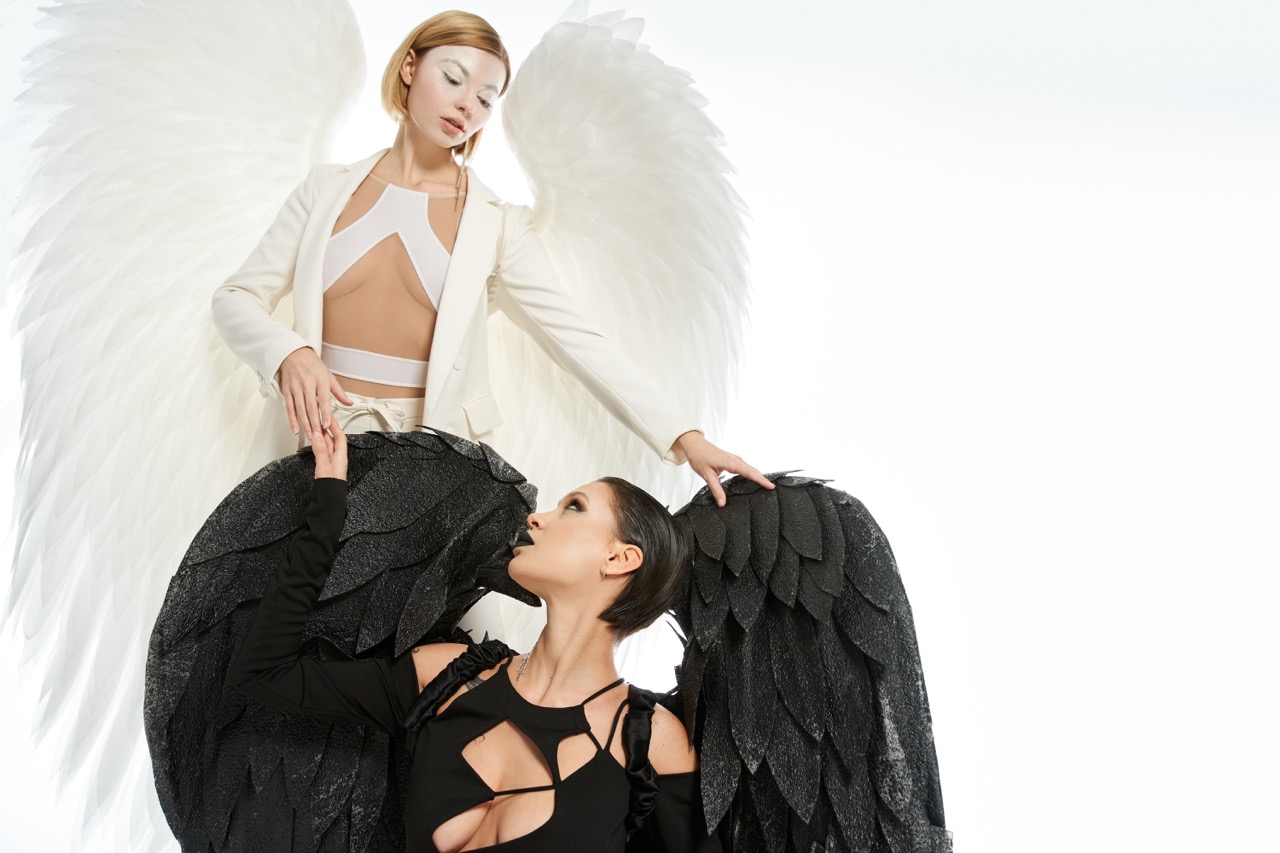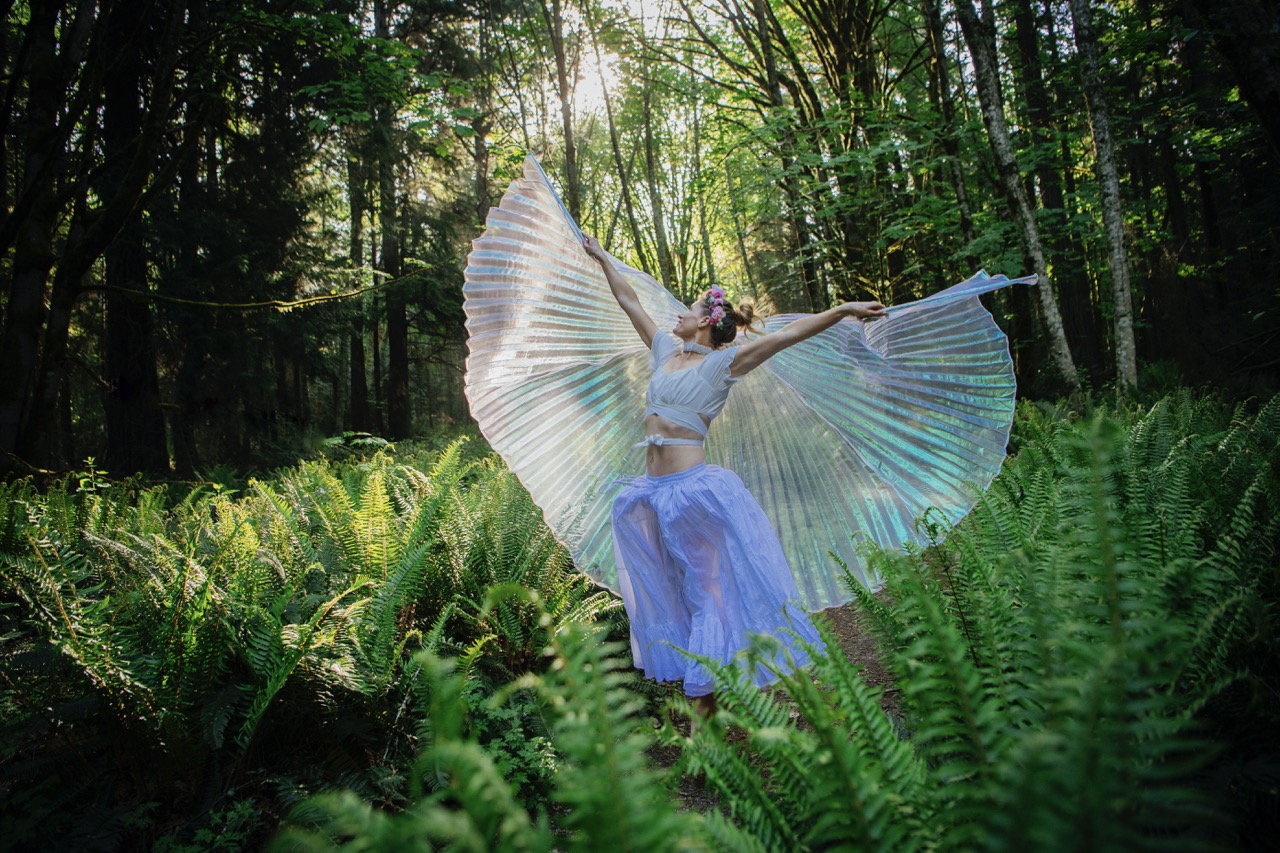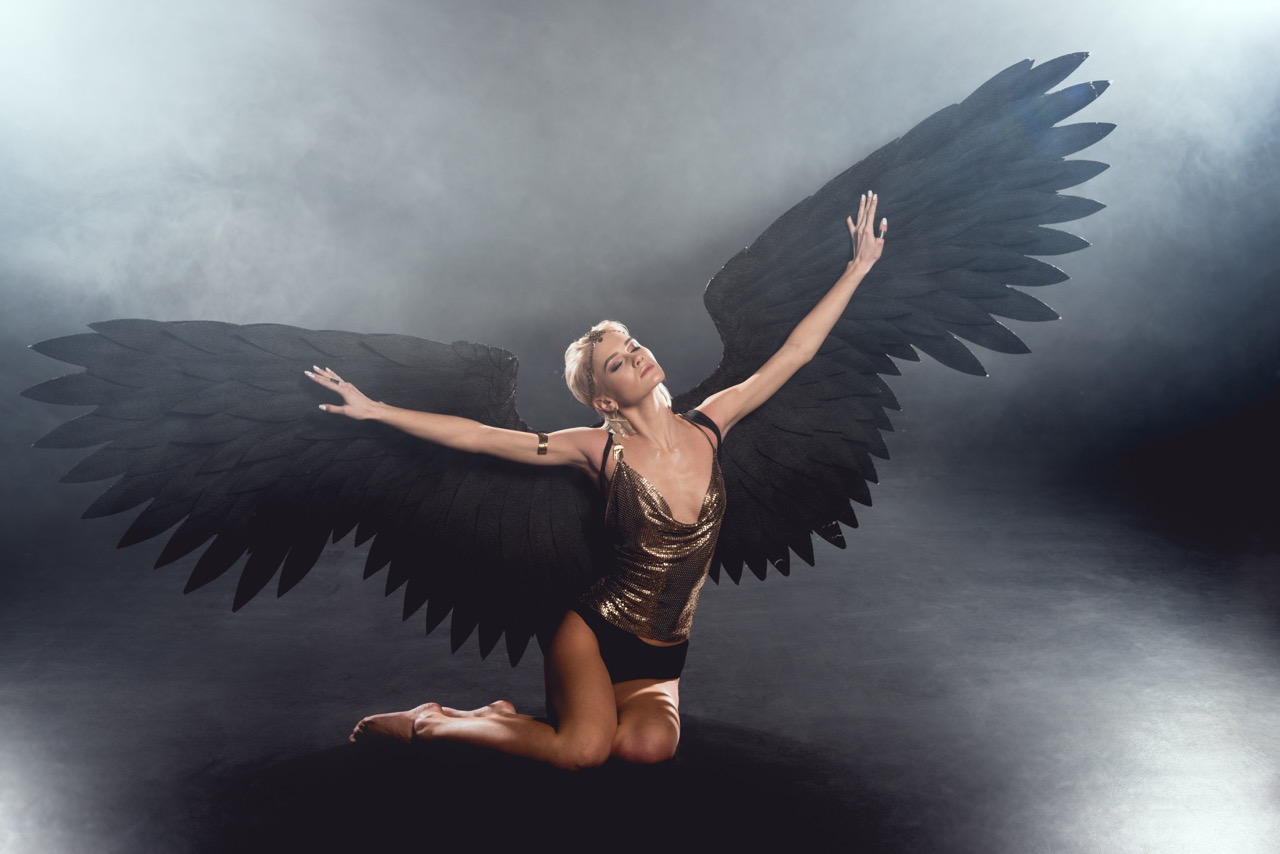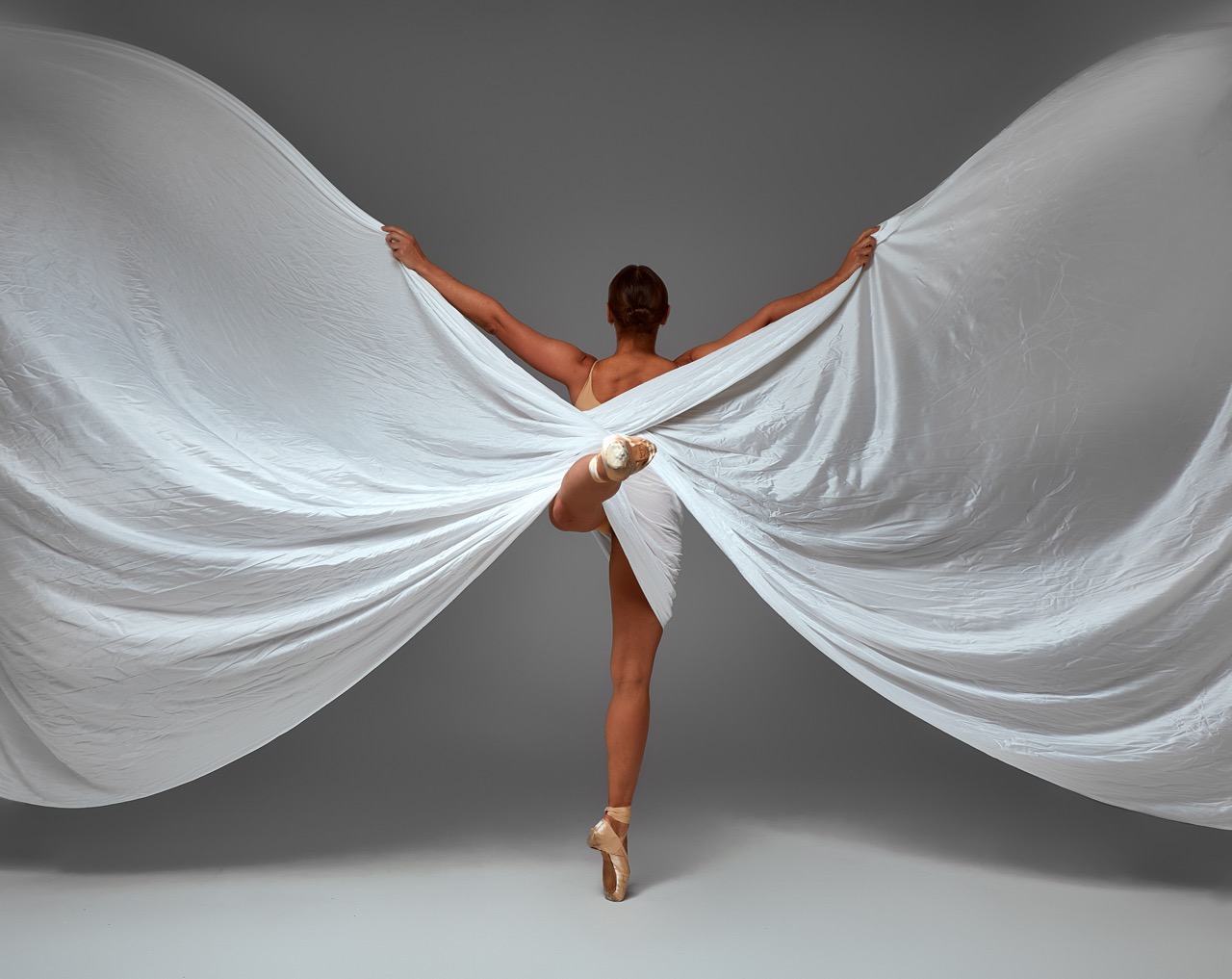Dance is often viewed as an individual expression of creativity and emotion, yet it is also a powerful medium for teaching teamwork and collaboration. When individuals come together to create movement, they learn to synchronize their efforts, communicate effectively, and build trust. The art of dance serves as a microcosm of larger group dynamics, revealing how rhythm, choreography, and interpersonal connections can foster a sense of unity and collective achievement. In this article, we will explore how dance can teach invaluable lessons in teamwork and collaboration.
The Rhythm of Unity: Dance as a Teamwork Teacher
At its core, dance is a rhythmic expression that relies on the synchronization of movements. This inherent need for unity is what makes dance an effective teacher of teamwork. Each dancer must find their place within the group, harmonizing their movements with others to create a cohesive performance. This requires not only physical alignment but also mental attunement; dancers must be aware of each other’s timing and energy to create a seamless flow.
Moreover, the process of learning choreography emphasizes cooperation. Dancers must work together in the rehearsal process, helping one another understand their roles and contributions. This collaborative effort fosters an environment where everyone feels invested in the final product, reinforcing the importance of working toward a shared goal. The rhythm of dance becomes a metaphor for team dynamics, illustrating how individual contributions can resonate with and amplify one another.
In a classroom or rehearsal space, the act of dancing together cultivates a sense of belonging. Participants learn that they are part of something larger than themselves, which can enhance their motivation and commitment to the team. This experience of unity can translate to other collaborative settings, teaching individuals that their success often hinges on their ability to work harmoniously with others.
Choreography of Collaboration: Moving as One
Collaboration in dance is an art form that requires meticulous choreography, where every movement is intentional and contributes to the overall piece. Each dancer plays a unique role, yet their movements must be interwoven to create a compelling narrative. This necessity for coordination teaches participants to value each other’s strengths and contributions, fostering respect and appreciation for diverse skill sets.
As dancers learn to adjust their movements in response to their partners, they develop active listening skills that extend beyond the dance floor. They become attuned to verbal and non-verbal cues, learning to communicate effectively within the group. This heightened awareness encourages open dialogue and constructive feedback, essential components of successful teamwork in any arena.
Furthermore, the rehearsal process embodies the spirit of collaboration, as dancers must often troubleshoot challenges together. Whether it’s modifying a sequence that isn’t working or refining a complex lift, these moments require creativity and compromise. By navigating these challenges together, participants cultivate a sense of camaraderie and shared responsibility, reinforcing the idea that collaboration is often essential for overcoming obstacles.
Beyond the Stage: Lessons in Partnership and Trust
The lessons learned on the dance floor extend far beyond the stage. Engaging in partner dances, for instance, teaches individuals about the delicate balance of leading and following. The leader must communicate intentions clearly, while the follower must trust and respond to those cues. This dynamic mirrors workplace relationships, where understanding roles and fostering trust are crucial for effective collaboration.
In dance partnerships, trust is paramount. Dancers must rely on one another, whether it’s for support in a lift or for the timing of a complicated routine. This reliance fosters a deep sense of connection, illustrating how trusting relationships can lead to greater success. Participants learn to embrace vulnerability, understanding that it is not a weakness but a vital element in building lasting partnerships.
Additionally, the act of performing as a team cultivates resilience. When mistakes happen—whether due to miscommunication or missteps—dancers learn to adapt and recover quickly. This ability to pivot in the face of challenges is a valuable lesson that can be applied in various aspects of life. The resilience developed through dance encourages individuals to approach teamwork with a mindset that values growth, learning, and the strength found in partnership.
Syncing Steps: Building Bonds Through Dance Dynamics
The dynamics of dance foster a unique environment where bonds are built through shared experiences. As dancers practice together, they create memories that enhance their interpersonal connections. These shared experiences can range from the joy of mastering a new routine to the challenges of perfecting a difficult lift. Each moment spent together strengthens their relationships, creating a foundation of trust and mutual respect.
Moreover, the regular practice of dance encourages accountability among participants. Dancers learn that their commitment to the group is integral to the success of the ensemble. This understanding not only cultivates a sense of responsibility but also promotes a culture of support, where teammates uplift one another and celebrate successes collectively. This collaborative spirit is essential in any team dynamic, fostering a positive and inclusive atmosphere.
Finally, the physicality of dance—moving together in space—can be a profoundly bonding experience. The shared energy of a rehearsal or performance can create an emotional connection that transcends verbal communication. This physical connection allows dancers to build rapport and camaraderie, paving the way for deeper friendships that can last well beyond the dance floor. These dynamics highlight how physical activities like dance can create lasting partnerships that thrive on support, understanding, and shared goals.
Dance is more than an art form; it is a powerful educational tool that teaches invaluable lessons in teamwork and collaboration. Through the rhythm of unity, the choreography of collaboration, and the lessons learned in partnership and trust, dance offers a unique perspective on how individuals can work together towards a common goal. As participants sync their steps and build bonds through dance dynamics, they not only grow as performers but also as team players in life. In an increasingly collaborative world, the lessons learned through dance can serve as a guiding light for fostering teamwork, encouraging us to embrace the beauty of moving as one.




